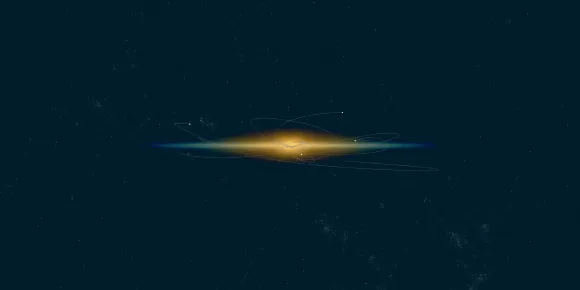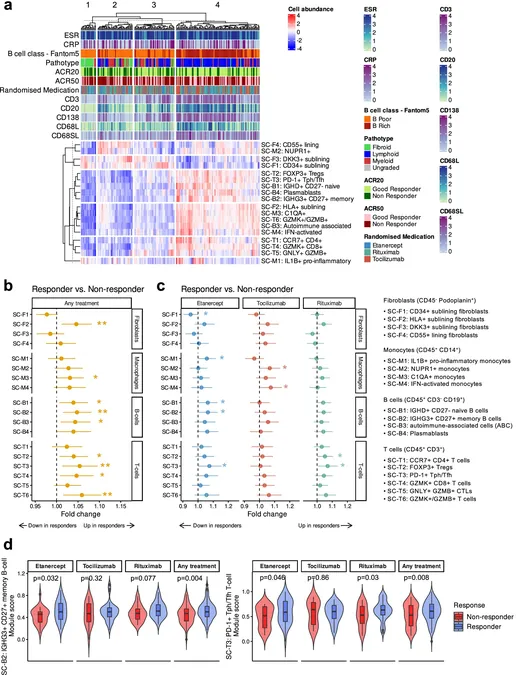
Unlocking the Secrets of the Milky Way: Astronomers Reveal its Hidden Treasures!
2024-12-30
Author: Sarah
Introduction
In an exciting breakthrough, astronomers from the Leibniz Institute for Astrophysics Potsdam, the University of Vienna, and the Paris Observatory have turned the spotlight on the ‘hidden’ stars of our Milky Way Galaxy, utilizing groundbreaking data from the APOGEE survey.
The Challenge of Observation
Dr. Sergey Khoperskov, a leading scientist in the research, highlighted that our journey into understanding the Milky Way has evolved dramatically with each advancement in observational technology. "With each step forward—from early telescopic surveys to current advanced instruments—new layers of the Galaxy's intricate structure and dynamics have been unveiled."
However, there remains a significant challenge. Despite the increasing number of stars we can observe, the majority are clustered around our Sun, leaving vast expanses of the Galaxy shrouded in mystery. "Our central position within the Milky Way’s disk limits our observational range, especially because of the interstellar medium, which can obscure or dim the light from distant stars," Dr. Khoperskov explained.
Innovative Methodology
To bridge this observational gap, the researchers have developed an innovative methodology. Instead of solely focusing on individual stars, they employed a new technique that utilizes the complete orbits of stars to map the Galactic structure. "As stars journey around the center of the Galaxy, they provide invaluable data about regions that are otherwise invisible to us, including those on the far side of the Milky Way."
By applying a sophisticated model that combines mass distribution with the observed positions and velocities of stars, the team recalculated the orbits of these celestial bodies and, crucially, associated any mass linked to each orbit. This new approach used a vast sample of star parameters from the APOGEE survey, encompassing the stellar movements and characteristics across the Milky Way.
Spectacular Revelations
In a spectacular revelation, the study illuminated the complex motion of stars in the bar region of the Galaxy, overcoming the obstacles posed by distance uncertainties. Their work allowed astronomers to quantitatively analyze chemical abundances and age structures throughout our Galaxy, including those elusive regions previously hidden from view.
A Detective Story
Dr. Khoperskov likened their work to a detective story: "For every star we can study, there are many more that are following the same orbital path but have remained invisible due to observational limitations. Our task is to reconstruct these hidden stars' attributes, helping us fill the gaps in the Galaxy’s narrative."
Understanding Galaxy Formation
One of the groundbreaking conclusions drawn from this data is the understanding that our Milky Way formed in two distinct phases. The inner disk materialized rapidly in the early epochs of the Galaxy's history, while the outer disk began to take shape around 6-7 billion years ago, dramatically expanding the size of our Galaxy and defining its current structure.
Future Explorations
This research not only uncovers the hidden stars of our Galaxy but also sets the stage for future explorations that could reshape our understanding of celestial evolution. As we push the limits of our observational capabilities, who knows what other secrets of the Milky Way await discovery? Stay tuned!




 Brasil (PT)
Brasil (PT)
 Canada (EN)
Canada (EN)
 Chile (ES)
Chile (ES)
 Česko (CS)
Česko (CS)
 대한민국 (KO)
대한민국 (KO)
 España (ES)
España (ES)
 France (FR)
France (FR)
 Hong Kong (EN)
Hong Kong (EN)
 Italia (IT)
Italia (IT)
 日本 (JA)
日本 (JA)
 Magyarország (HU)
Magyarország (HU)
 Norge (NO)
Norge (NO)
 Polska (PL)
Polska (PL)
 Schweiz (DE)
Schweiz (DE)
 Singapore (EN)
Singapore (EN)
 Sverige (SV)
Sverige (SV)
 Suomi (FI)
Suomi (FI)
 Türkiye (TR)
Türkiye (TR)
 الإمارات العربية المتحدة (AR)
الإمارات العربية المتحدة (AR)